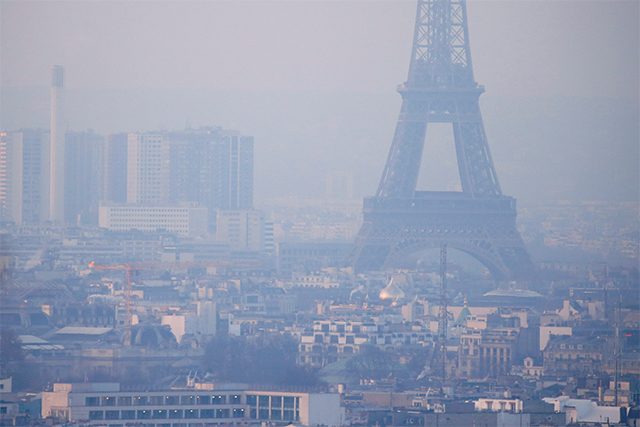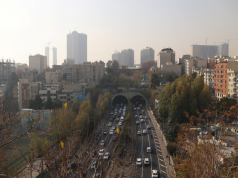
- WHO issues first air quality guidelines since 2005
- Slashes recommended limits for emissions linked to fossil fuels
- Says air pollution threat to health alongside climate change
- Blames exposure to air pollution for 7 million deaths a year
GENEVA—The World Health Organization (WHO) on Wednesday issued its first air quality guidelines since 2005, which aim to reduce deaths from key pollutants that cause cardiovascular and respiratory diseases by moving towards clean sources of energy.
The United Nations agency, in advice to its 194 member states, slashed the recommended maximum levels for several pollutants, including particulate matter and nitrogen dioxide, both of which are found in fossil fuel emissions.
Since 2005, “a substantial new body of evidence has accumulated, further demonstrating the degree to which air pollution affects all parts of the body from the brain to a growing baby in a mother’s womb at even lower concentrations than previously observed,” WHO Director-General Tedros Adhanom Ghebreyesus told a news conference.
Tedros urged governments to slash emissions and address climate change, noting the guidelines came at an “important time” ahead of the COP26 climate change conference in Glasgow which begins on Oct. 31.
María Neira, WHO director of environment, climate change and health, said the guidelines were about speeding up a much-needed transition “to renewable and clean sources of energy.”
Long-term exposure to even lower concentrations of ambient and household air pollution can cause diseases including lung cancer, heart disease, and stroke, resulting in an estimated 7 million premature deaths each year, according to the WHO.
“This puts the burden of disease attributable to air pollution on a par with other major global health risks such as unhealthy diet and tobacco smoking,” it said.
People living in low- and middle-income countries are hit the hardest due to urbanization and economic development heavily reliant on burning fossil fuels.
Reducing exposure to particulate matter (PM) – capable of penetrating deep into the lungs and entering the bloodstream – is a priority, the WHO said. These are primarily generated by fuel combustion in sectors including transport, energy, households, industry, and from agriculture.
The WHO halved the recommended limits for average annual PM2.5 levels from 10 micrograms per cubic meter to 5. It also lowered the recommended limit for PM10 from 20 micrograms to 15.
“Almost 80% of deaths related to PM2.5 could be avoided in the world if the current air pollution levels were reduced to those proposed in the updated guideline,” it said, referring to particulate matter of 2.5 microns in diameter.
The average PM2.5 level in China in the first half of this year was 34 micrograms per cubic meter. For Beijing, the level was 41, the same as last year.
“What matters most is whether governments implement impactful policies to reduce pollutant emissions, such as ending investments in coal, oil and gas and prioritizing the transition to clean energy,” said Dr. Aidan Farrow, a Greenpeace international air pollution scientist who is based at Britain’s University of Exeter.
“The failure to meet the outgoing WHO guidelines must not be repeated,” he said in a statement. —Reporting and writing by Stephanie Nebehay; additional reporting by David Stanway in Shanghai; Editing by Bernadette Baum









